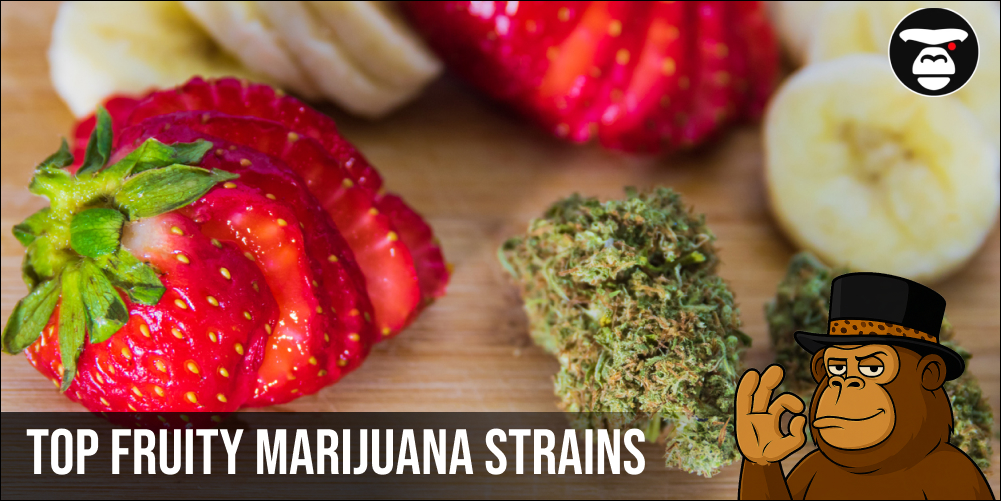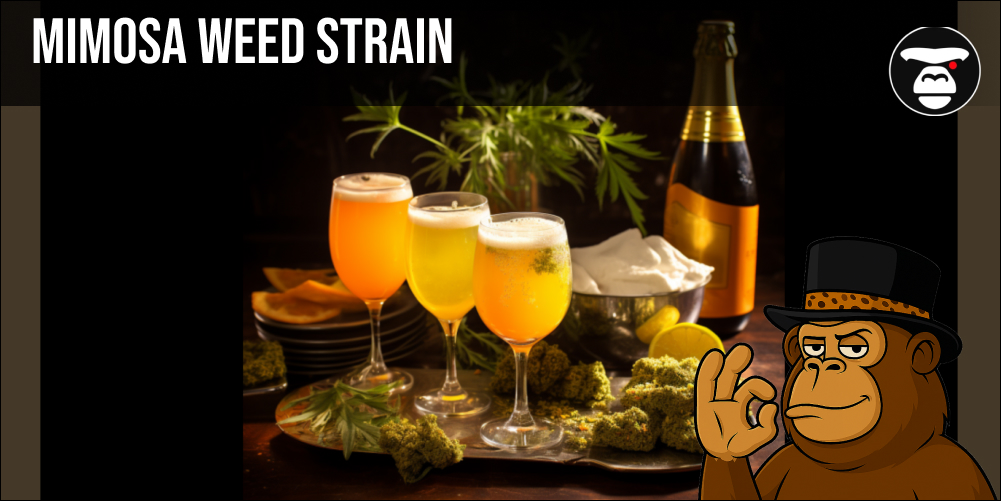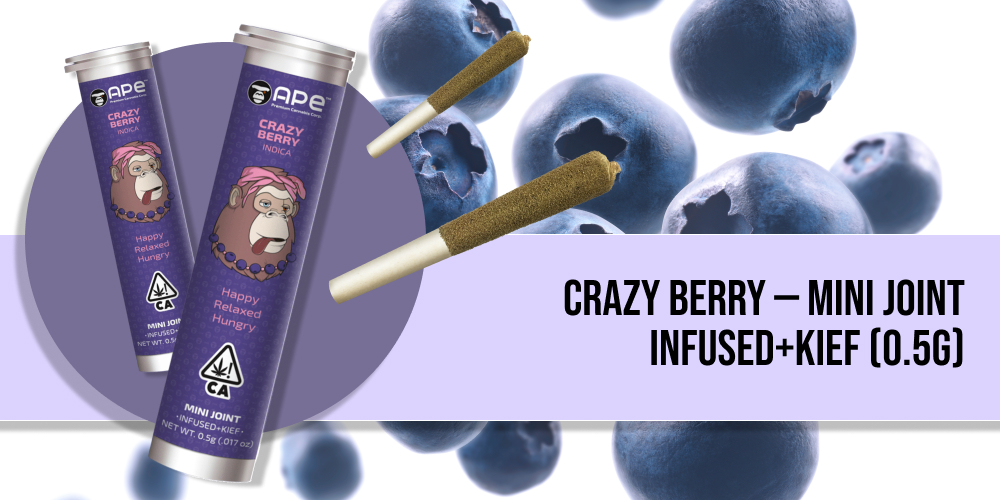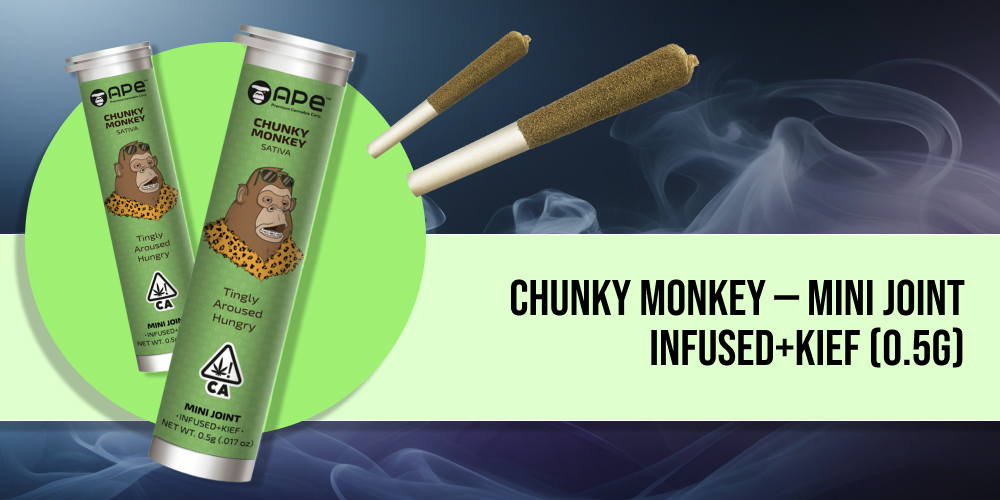How hash is made?

Hash, a concentrated form of cannabis, has captivated cannabis enthusiasts for centuries with its potent and flavorful nature.
The cannabis plant’s resinous trichomes yield hash. It offers a rich blend of cannabinoids, including THC and CBD. Additionally, it contains various aromatic compounds that contribute to its unique effects and taste.
The process of creating hash involves separating the trichomes, also known as kief, from the plant material.
Afterward, heat and pressure are applied to fuse them into a cohesive and powerful product. From traditional hand-pressed metod to innovative techniques like the dry ice method, hash-making has evolved over time. It now provides enthusiasts with various methods to craft their high-quality concentrates at home.
A lot of people are wondering: “Which is better: weed or hash?” Understanding the similarities and differences between these two options is essential for making informed decisions and exploring the diverse effects and flavors they offer. And in order to understand this topic, we recommend that you read our article “Hash vs Weed”
What is hash?
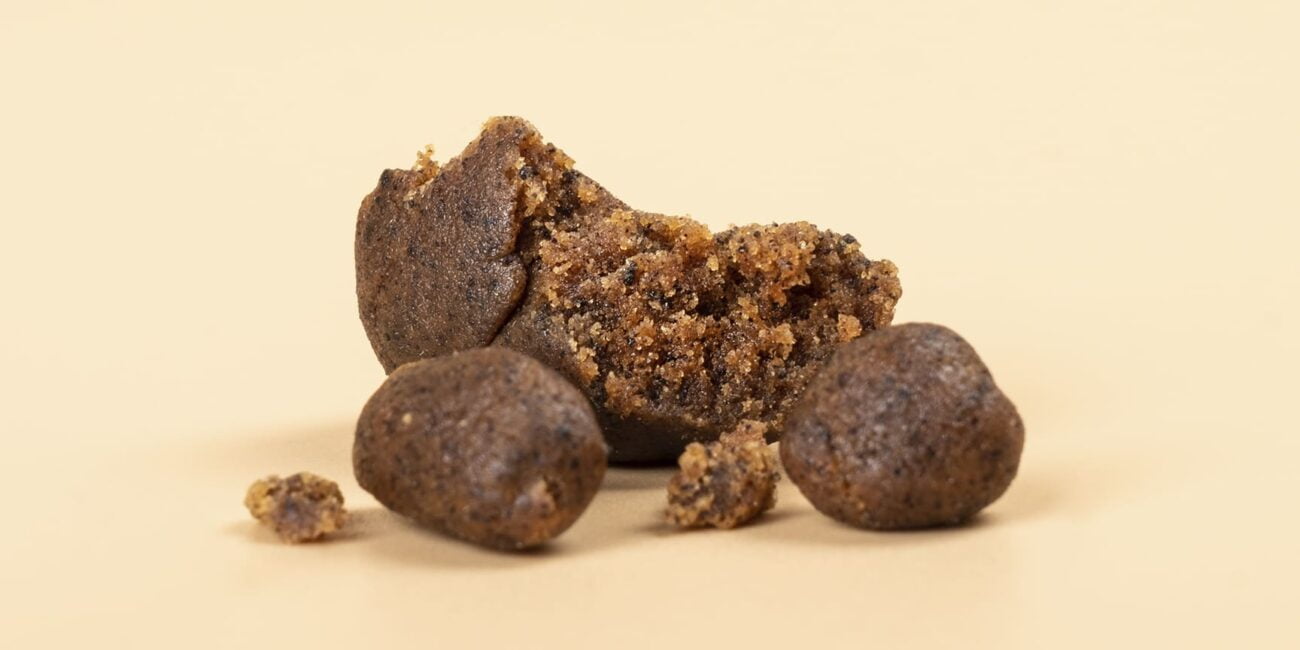
Hash, short for “hashish,” is a cannabis concentrate that is made from the resinous trichomes of the cannabis plant. Trichomes are the small, hair-like structures found on the surface of the cannabis flowers and leaves. They contain a high concentration of cannabinoids, such as THC and CBD. Trichomes also have other compounds that contribute to the plant’s effects.
Hash varies in color, texture, and potency. These variations depend on factors such as the strains used and the part of the plant from which the trichomes are collected. The production method employed also influences them. Some hashes may have a crumbly texture, while others can be sticky or malleable.
If you still want to try weed, then you can find strains with different potency and flavour in Infused Mini Joints section of our catalog.
Due to its concentrated nature, hashish typically contains higher levels of THC and other cannabinoids compared to traditional cannabis flower. As a result, the desired effects can be achieved with smaller amounts of hash, making it an efficient method of cannabis consumption.
Hash has a long history of use around the world. It is consumed in various ways, including smoking in pipes, vaporizing, or adding to joints or cigarettes. Some people also use hash in cooking to create edibles or infuse beverages.
How to make hash?

Collecting the trichomes, also known as kief, initiates the process of creating hash. This kief serves as the raw ingredient used in hash production, containing a high concentration of THC and other cannabinoids. However, kief alone does not qualify as hash; it is merely a form of cannabis concentrate.
To transform kief into hash, it undergoes a critical step involving heat and pressure. The application of heat and pressure causes the trichomes to break down and fuse together. This results in a cohesive and potent product with a distinct consistency, flavor, and effect.
This process is essential in producing the desirable qualities associated with hashish.
Hash can be made from various parts of the cannabis plant, but the highest concentration of trichomes is typically found around the flowers. As a result, hash producers commonly use buds and their trimmings in hash production, although they can also utilize other plant matter.
In addition to the traditional method of creating hash through heat and pressure, hash producers have developed other techniques and modern technologies to produce this concentrate. One popular contemporary method is using ice water or “bubble bags” to make “bubble hash.”
In this process, they mix cannabis plant material with ice and water and agitate it to separate the trichomes from the plant. The mixture then passes through specialized “bubble bags” of varying micron sizes, which trap the resinous trichomes while allowing the water to pass through.
Afterward, they dry and press the collected trichomes into hashish, resulting in a product with a slightly different texture and flavor profile compared to traditional hand-pressed hash.
The dry sift screen method
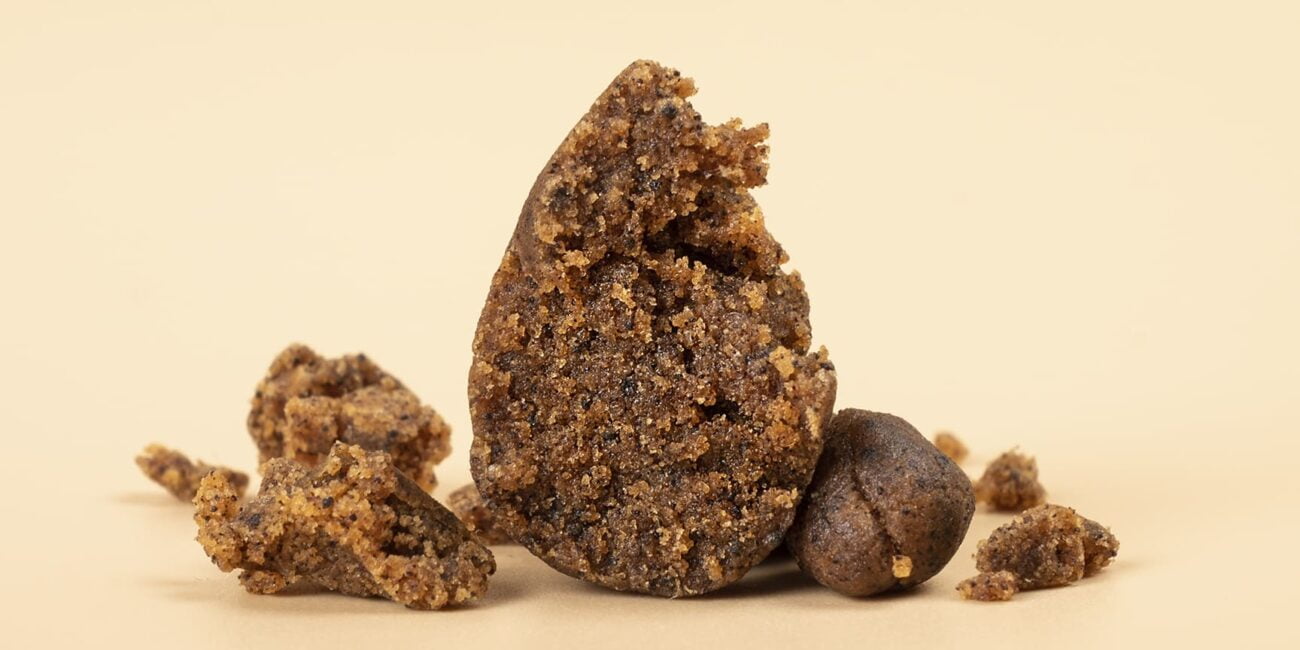
Creating hash at home has become increasingly accessible and straightforward, thanks to the availability of affordable materials from hardware stores and online retailers.
Enthusiasts can easily acquire ready-made screens for dry extractions, hash presses for brick hash. They can also find bubble bags for ice water extractions, simplifying the process and encouraging experimentation.
Hash, as a concentrated form of cannabis, involves separating the valuable cannabinoids from the plant material. The dry sift screen method stands as one of the popular approaches to crafting hash at home.
This method starts with properly cured frozen cannabis material. It is a crucial step to ensure that frozen trichomes easily break off from their stalks. This helps separate them from the plant material efficiently.
Once they gently place the cannabis material on the screen, they undergo a meticulous process of breaking it up and spreading it around, much like a delicate waxing process.
This delicate handling is essential to avoid damaging the trichomes and to maintain the integrity of the resulting hash.
Dry sifting on a screen is an art form that emphasizes quality over quantity. The process is not focused on achieving a high yield of hash. Instead, it aims to obtain a top-notch product with exceptional purity and potency.
But not only in hashish you can get a strong effect. If you want to try strain, which manages to create substantial mental uplift, while leaving you grounded and functional, we strongly recommend you to try MInt Chip strain in Sauce Cart.
Our cartridges contain the highest amount of THC among other cartridges because our cartridge volume is 10% larger than other brands.
This emphasis on quality ensures that the hash is rich in cannabinoids and offers an enjoyable and flavorful experience for consumers.
While the dry sift screen method may yield a relatively smaller quantity of hashish compared to other techniques, the trade-off lies in the unparalleled quality and purity of the final product.
Cannabis enthusiasts who choose to use this method take pride in their craftsmanship, knowing that they have created a hash of the highest caliber.
The dry ice method
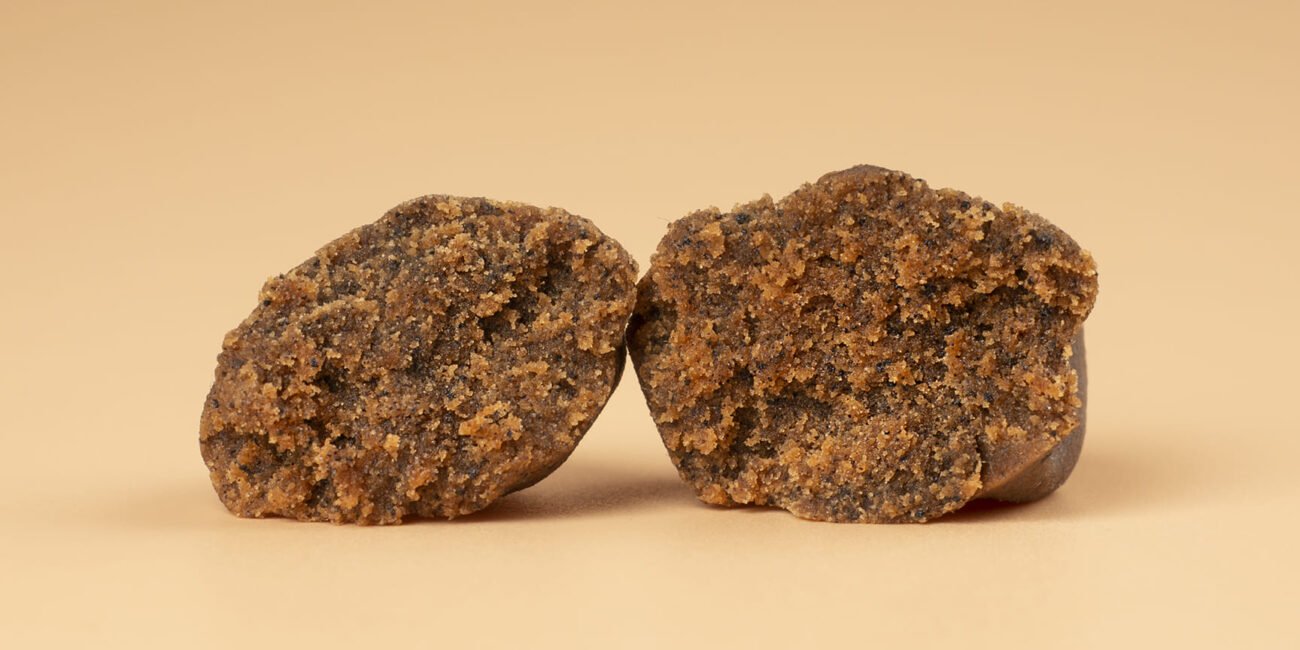
The dry ice method is an efficient and innovative technique, providing cannabis enthusiasts with another option for producing high-quality concentrates.
To start the process, combine your cannabis plant material with approximately 40% dry ice. Dry ice is remarkably colder than regular ice, boasting temperatures as low as -109°F (-78°C).
This extreme cold, combined with the friction generated by shaking the bag, causes the delicate trichomes to break off their stalks and fall into the collection vessel below.
The success of the dry ice method lies in finding balance between shaking for an adequate amount of time. Avoiding excessive agitation is crucial to prevent contaminating the kief with plant material.
The longer you shake, the more plant matter may break up and find its way through the screen. This can potentially compromise the purity of the kief. As such, mastering this technique is akin to an art form, requiring practice and finesse to achieve optimal results.
Working with different strains of cannabis allows makers to fine-tune their approach and develop a keen sense of timing.
Determining the precise moment to stop shaking is crucial. Striking the right balance maximizes the yield without sacrificing the overall quality of the end product.
If we are talking about the high quality of the product then put your attention to delicious and enjoyable APE Disposable Vape Pen Cereal Milk. Its sweet and creamy flavor profile, balanced effects, and potent THC content make it a great choice. So why not give it a try and check what all the fuss is about?
After a satisfactory shake, the next step is to collect the hashish. By comparing the dry sift method to the dry ice method, you’ll notice a distinct difference in the quality and appearance of the final product.
Dry sift hash exhibits a beautiful golden color, indicative of its purity and high-grade nature. On the other hand, dry ice hash may show some signs of contamination with plant material, resulting in a slightly greenish hue.
In conclusion, hash-making is an age-old tradition that continues to evolve with innovative techniques and methods. Whether using the traditional dry sift screen approach or the modern dry ice method, cannabis enthusiasts can create high-quality concentrates at home with relative ease.
The artistry and precision involved in crafting hash ensure that each batch is a labor of love, resulting in a product rich in cannabinoids and bursting with flavorful nuances.
ash enthusiasts explore and experiment with different strains and production methods. They can also embark on a journey of discovery, uncovering the endless possibilities of this beloved cannabis concentrate.
With its potent effects, delightful flavors, and versatile consumption methods, hash remains a cherished and timeless choice for cannabis lovers.




